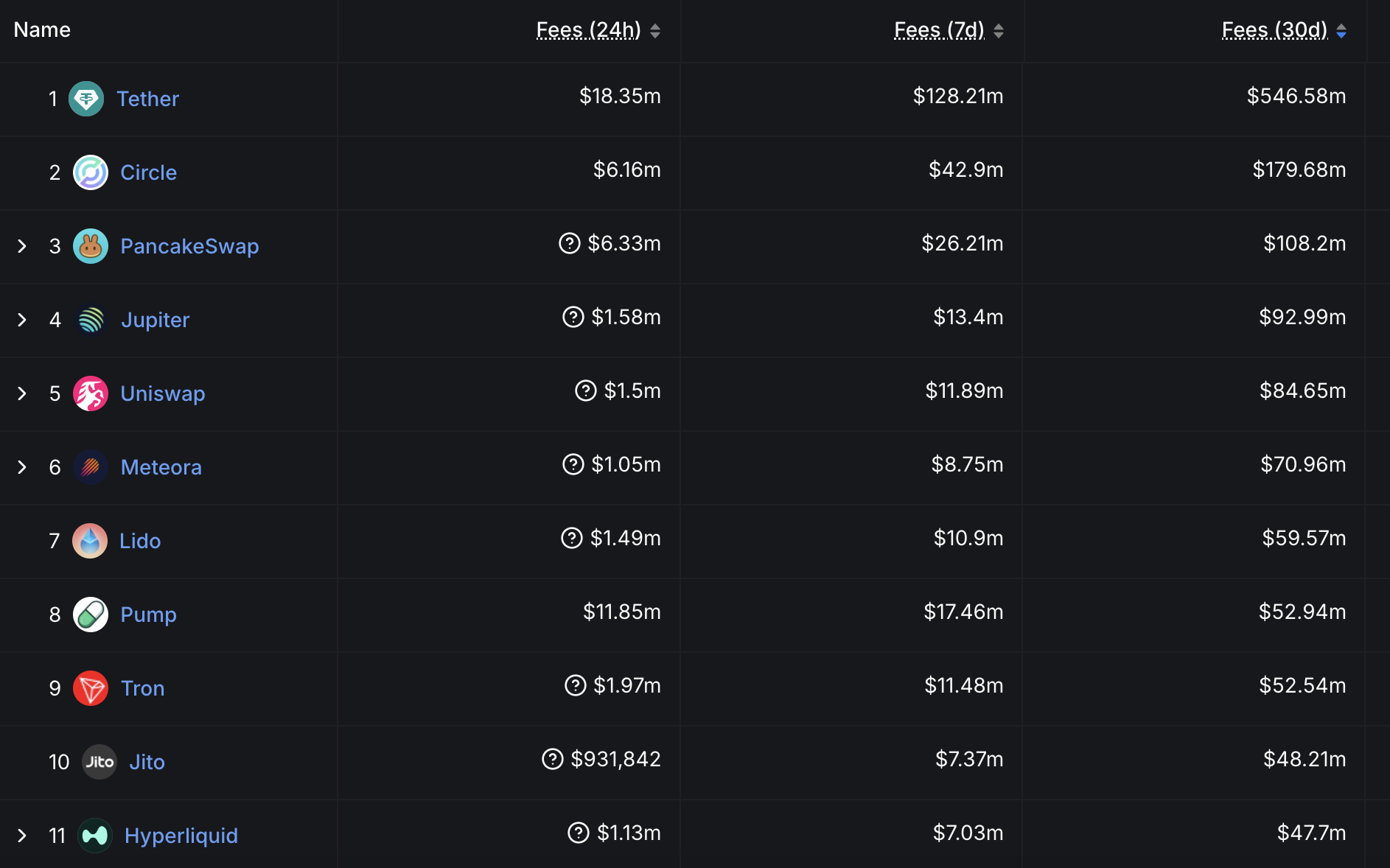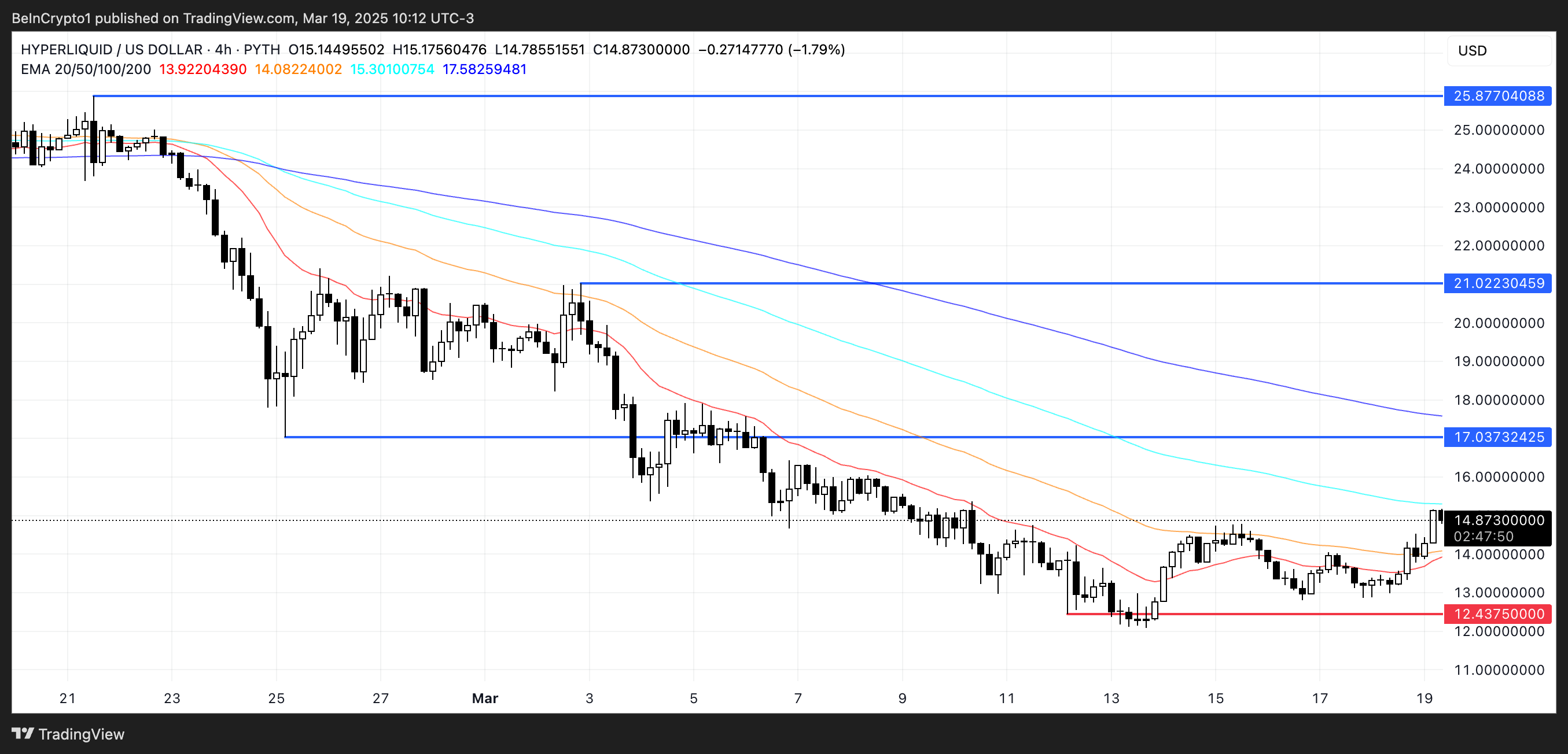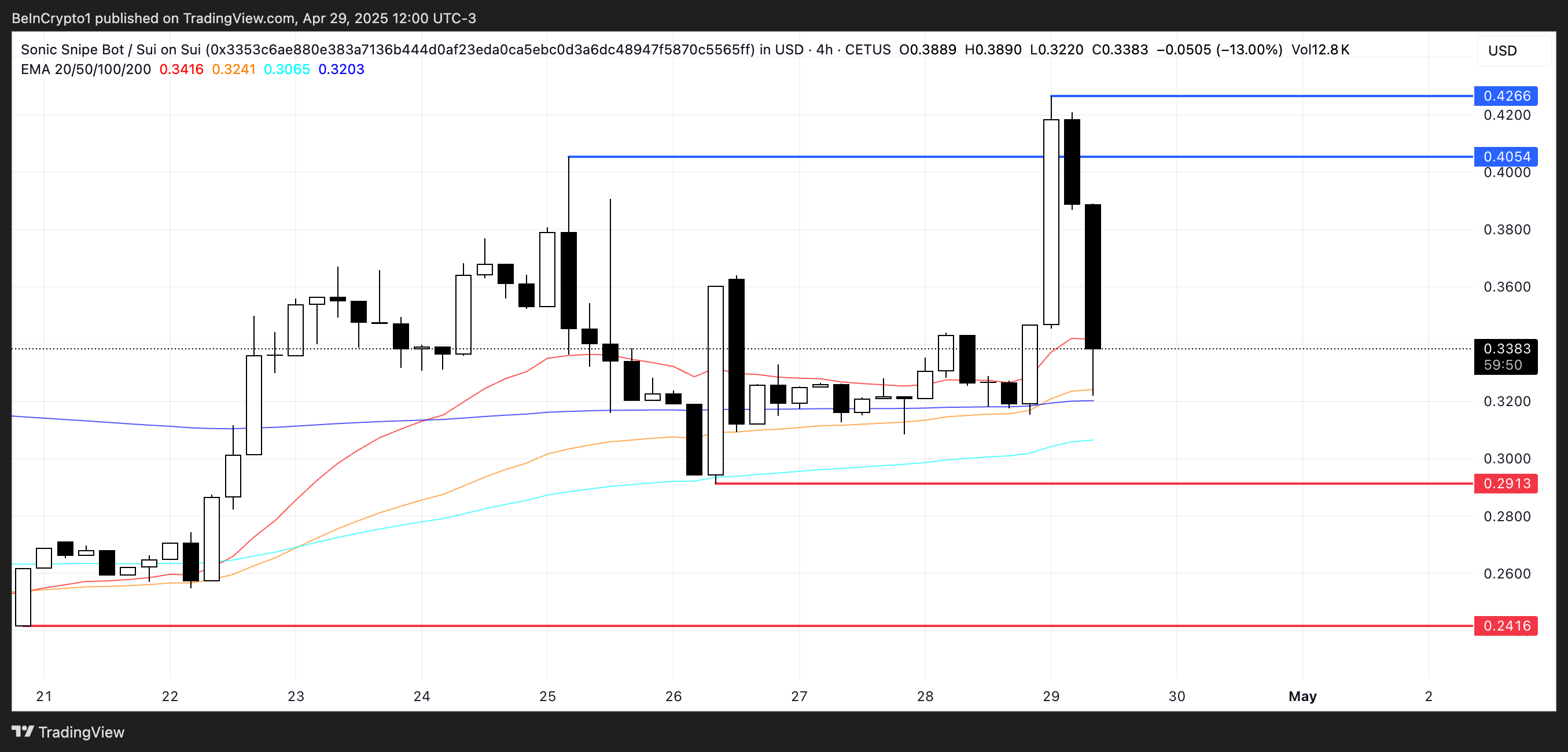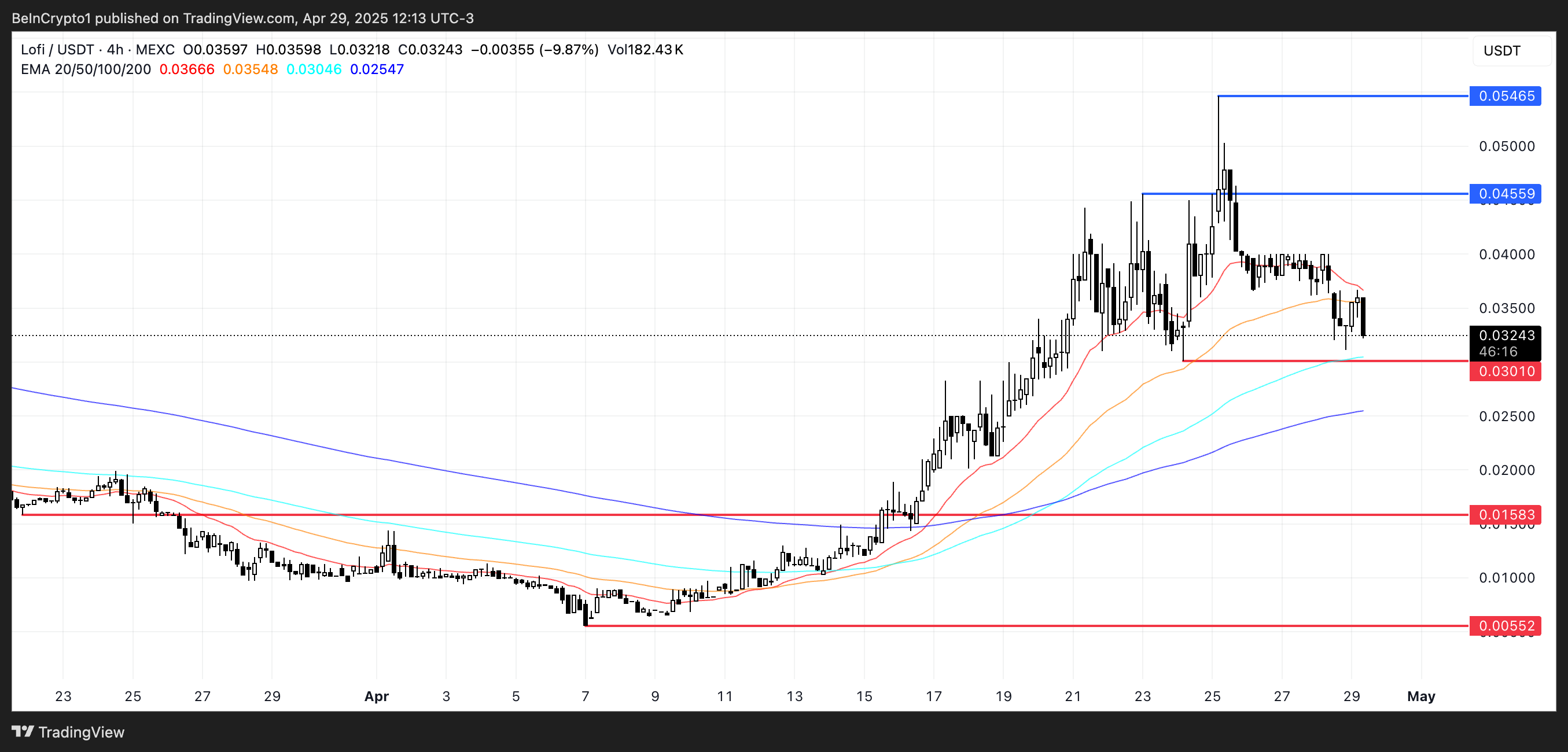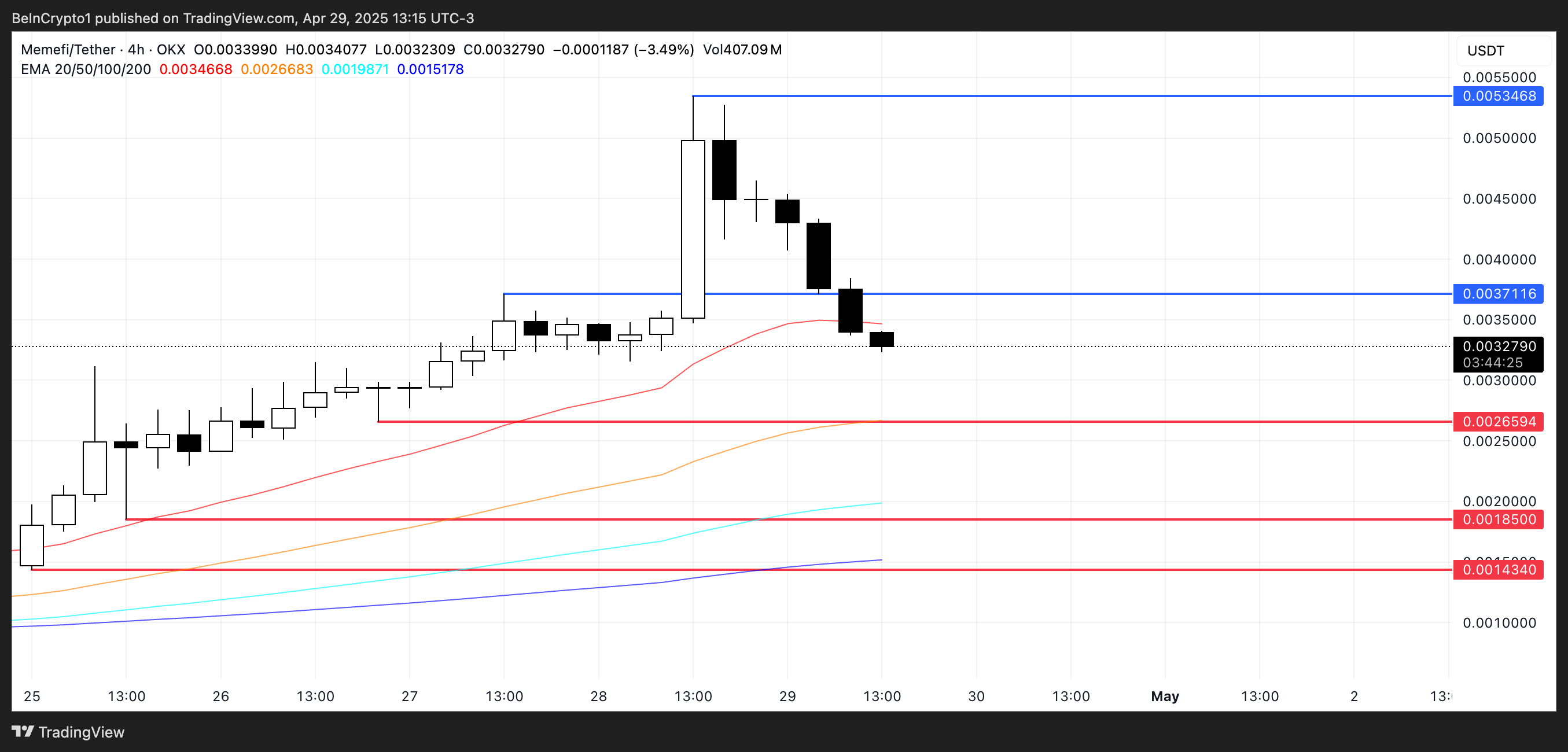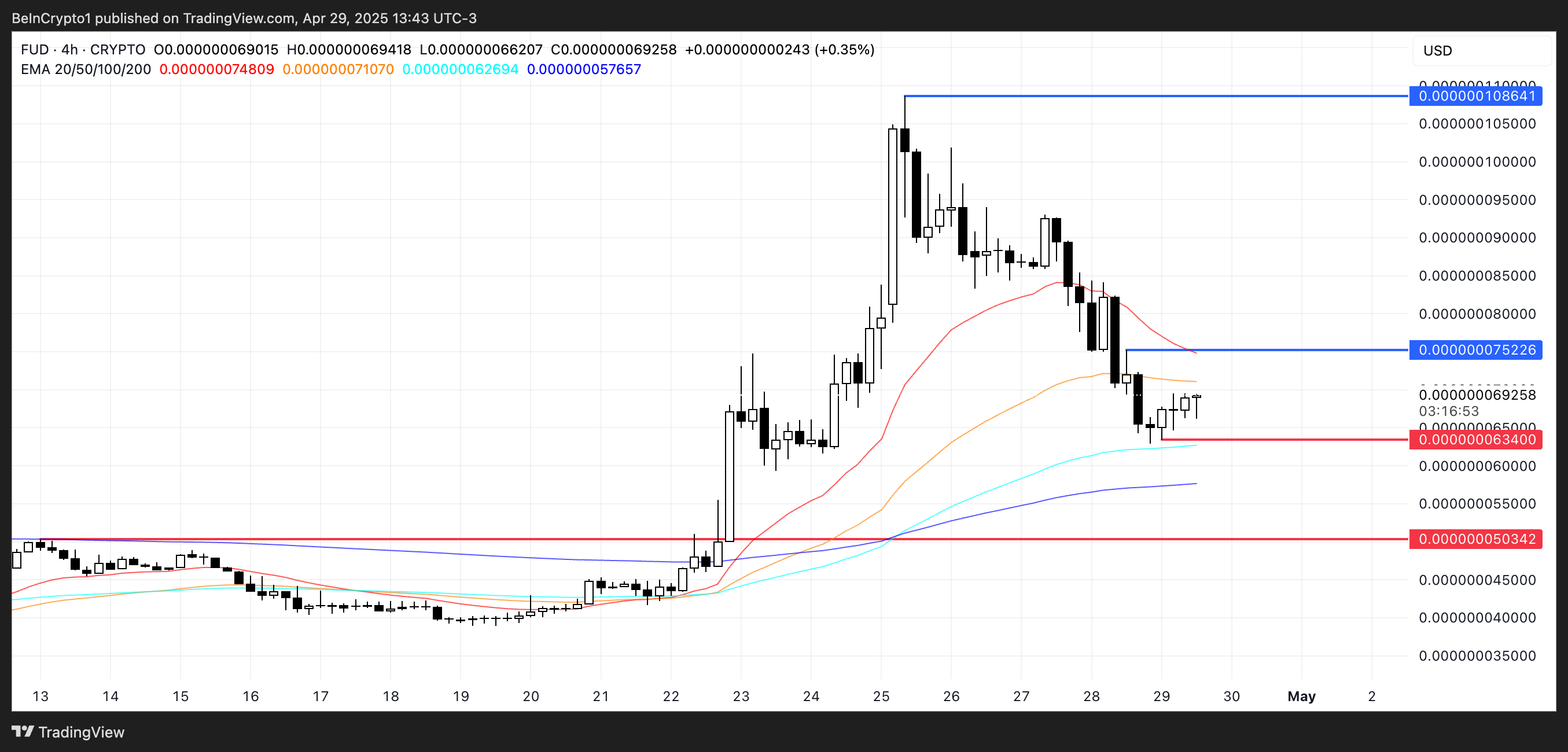Base, a Layer-2 (L2) blockchain developed by Coinbase, transitioned from a Stage 0 to Stage 1 rollup, effectively overtaking Arbitrum (ARB) as the largest Ethereum scaling solution.
Stages refer to a framework for assessing the maturity of L2 rollups, based on milestones proposed by Ethereum co-founder Vitalik Buterin.
Base Becomes Largest Ethereum L2, Arbitrum Follows
Data on L2Beat shows Arbitrum One is no longer the largest optimistic rollup on Ethereum. L2Beat is an analytics and research website focused on Ethereum layer-2 scaling.
After a $557 million surge in TVL (Total Value Locked), Base has overtaken Arbitrum L2, with a margin of more than $710 million in total value secured (TVS).
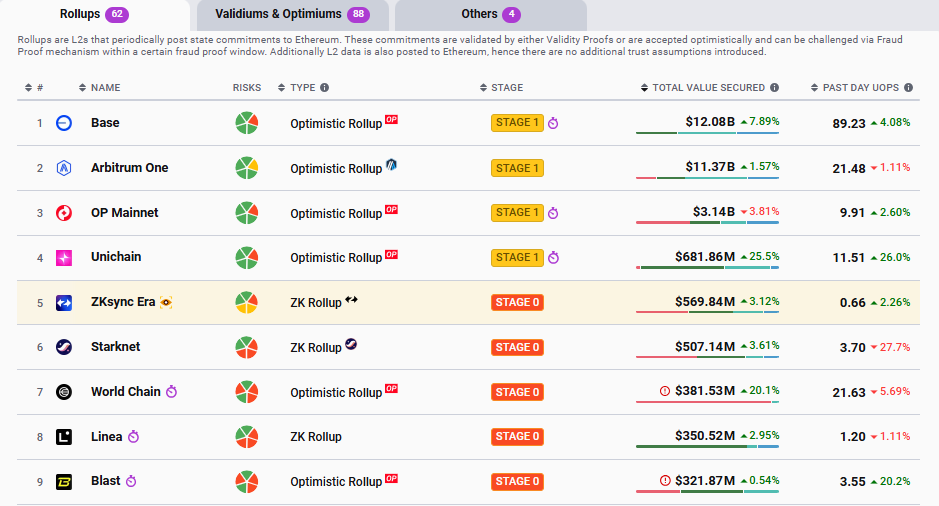
Alongside overtaking Arbitrum One, Base has also matured from Stage 0, where the rollup is fully controlled by its operators (full training wheels).
It is now a Stage 1 rollup, featuring smart contract governance. However, because a security council remains in place to handle potential bugs, this stage features “limited training wheels.”
“Proud that Base is now stage 1 — and #1 by TVS but it’s still day one. Time to bring the world on-chain,” wrote Base creator Jesse Pollak.
This comment aligns with Base’s vision to expand the on-chain creator ecosystem, fostering virality and creativity.
Meanwhile, with Base now among Stage 1 rollups, it has effectively escaped Vitalik Buterin’s list of L2s doomed to fail. In September, Buterin flagged a select list of L2 networks doomed to fail unless they advance.
“Welcome to the full-EVM stage 1 gang Base,” Buterin remarked.
The Ethereum executive said he would only recognize L2 networks that reach stage 1+ maturity. Buterin referred to his threshold for measuring different stages of L2s based on a decentralization scale.
“Stage 1 (75% threshold on the council to override the proof system, 26%+ of the council must be outside the rollup team) is a very reasonable moderate milestone. The multisigs I am in have not had a single liveness failure in years, let alone 26%. The era of rollups being glorified multisigs is ending. The era of cryptographic trust is upon us,” Buterin explained.
This ultimatum aligned with Buterin’s vision of advancing cryptographic trust. Recently, Buterin proposed a plan to scale Ethereum’s L1 and L2 protocols in 2025.
BeInCrypto reported that he cited incentivizing L2 alignment with Ethereum’s ecosystem, such as fee burning, staking, and funding public goods.
While this is the first time Base has overtaken Arbitrum, it is not the first time it has challenged its market position. In hindsight, Base TVL surpassed $2 billion in September after 400% growth, which saw it close in on Arbitrum’s $2.6 billion TVL.
Aerodrome remains the leading protocol on Base L2. It boasts up to $830 million in TVL, up 5% in the last week. Other leading protocols on Base include Morpho, Aave, and Uniswap.

As Base takes the lead, it is impossible to forget Arbitrum’s Achilles’ Heel. The network is still digging out of an 80% crash. Key interventions to recover include token buybacks and the recently rejected Nvidia accelerator program bid.
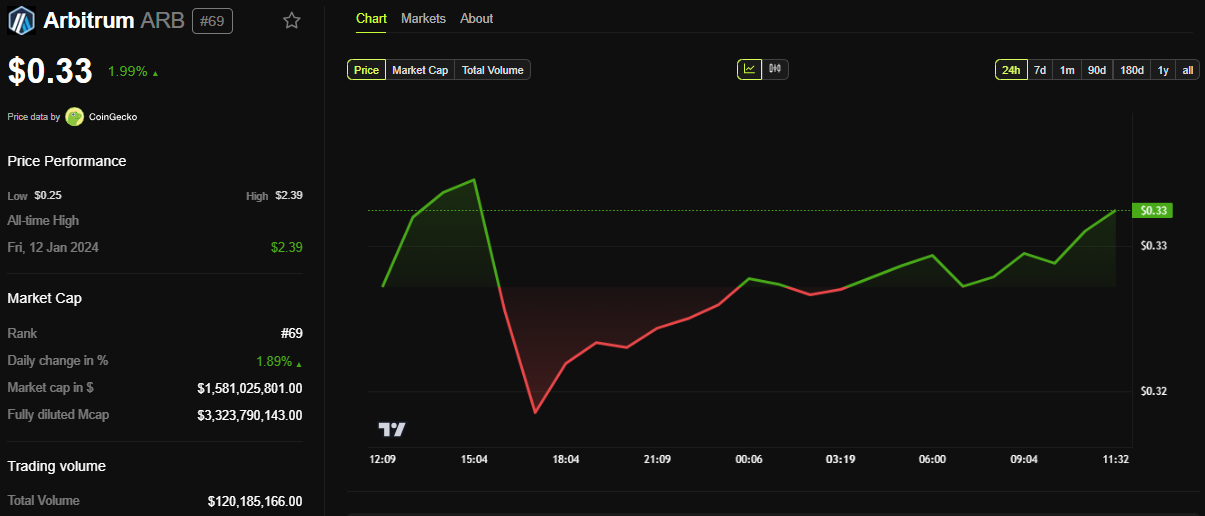
BeInCrypto data shows Arbitrum’s ARB price has increased by 2% in the last 24 hours. As of this writing, it was trading for $0.33.
The post Base Beats Arbitrum, Escapes Vitalik Buterin’s List of Layer-2 Networks Doomed to Fail appeared first on BeInCrypto.



